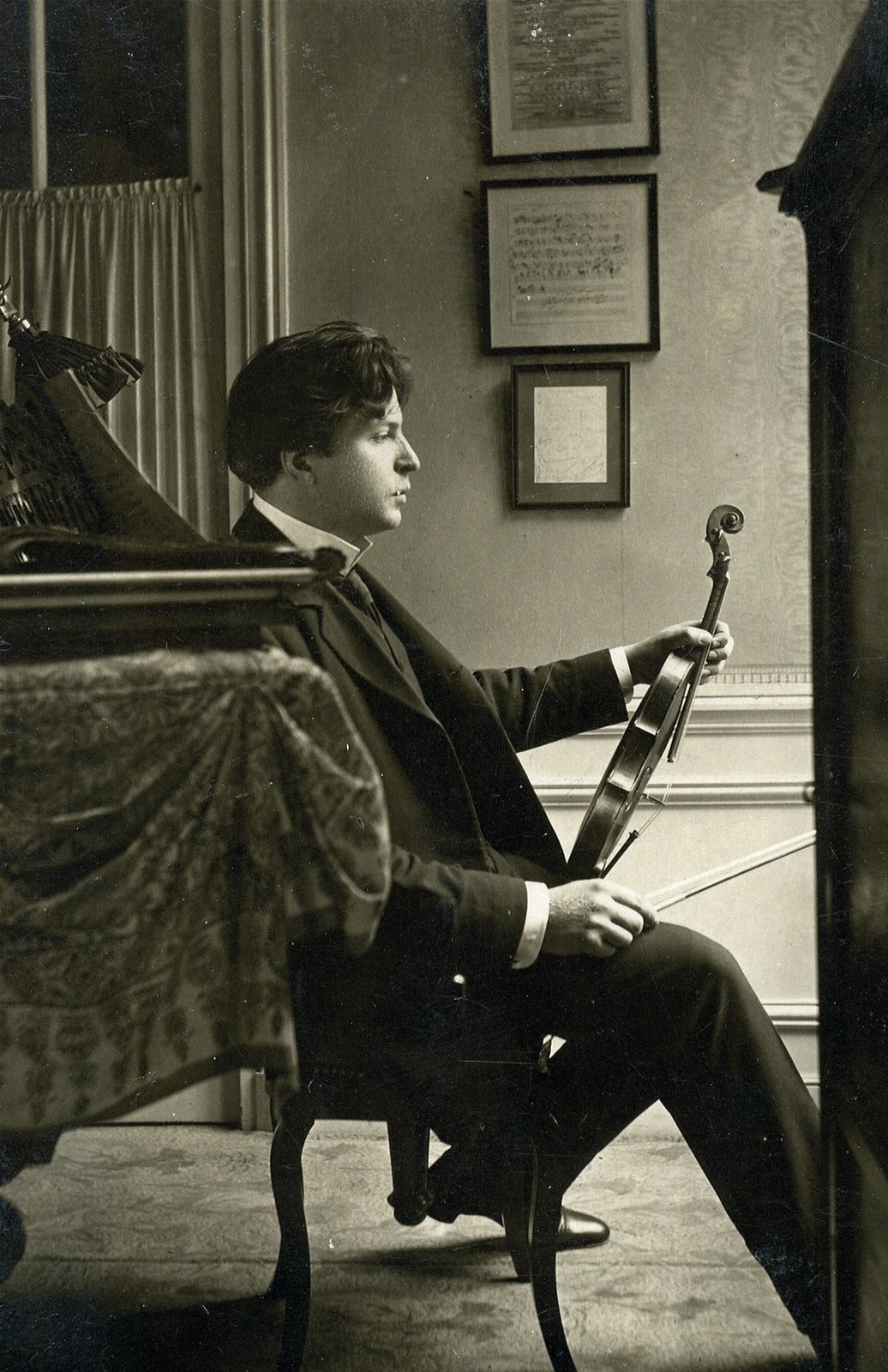
ALL PHOTOS COURTESY OF THE GEORGE ENESCU NATIONAL MUSEUM, BUCHAREST
Of the many superb musicians who have come out of Romania, George Enescu was perhaps the greatest. As violinist, pianist, composer, conductor and tireless worker for improving musical education and opportunities, Enescu embodied his country’s musical culture. Several of his compositions have always been popular but there are signs that more of them are being discovered. Unfortunately, owing to record companies’ slackness, and Enescu’s own distrust of the medium, he made few recordings during his peak years. HMV preferred to record his most famous pupil, Yehudi Menuhin, because they knew the prodigy’s discs would sell well.
Enescu’s place in history was also complicated by the fact that his name was spelt two ways – in Paris, where he mostly lived, he was ‘Georges Enesco’. He was actually born Gheorghe Enescu on 19 August 1881, in a Western Moldavian village now named after him. It was a musical family. His estate administrator father sang, conducted a choir and played the violin, his mother played the guitar and piano and his uncle was cantor at a nearby church. Enescu had his first violin lessons aged four with lăutar (Romani fiddler) Nicolae Filip, and he began playing the piano and composing at five. In Iaşi he received more orthodox violin tuition from Henry Vieuxtemps’s pupil Eduard Caudella.